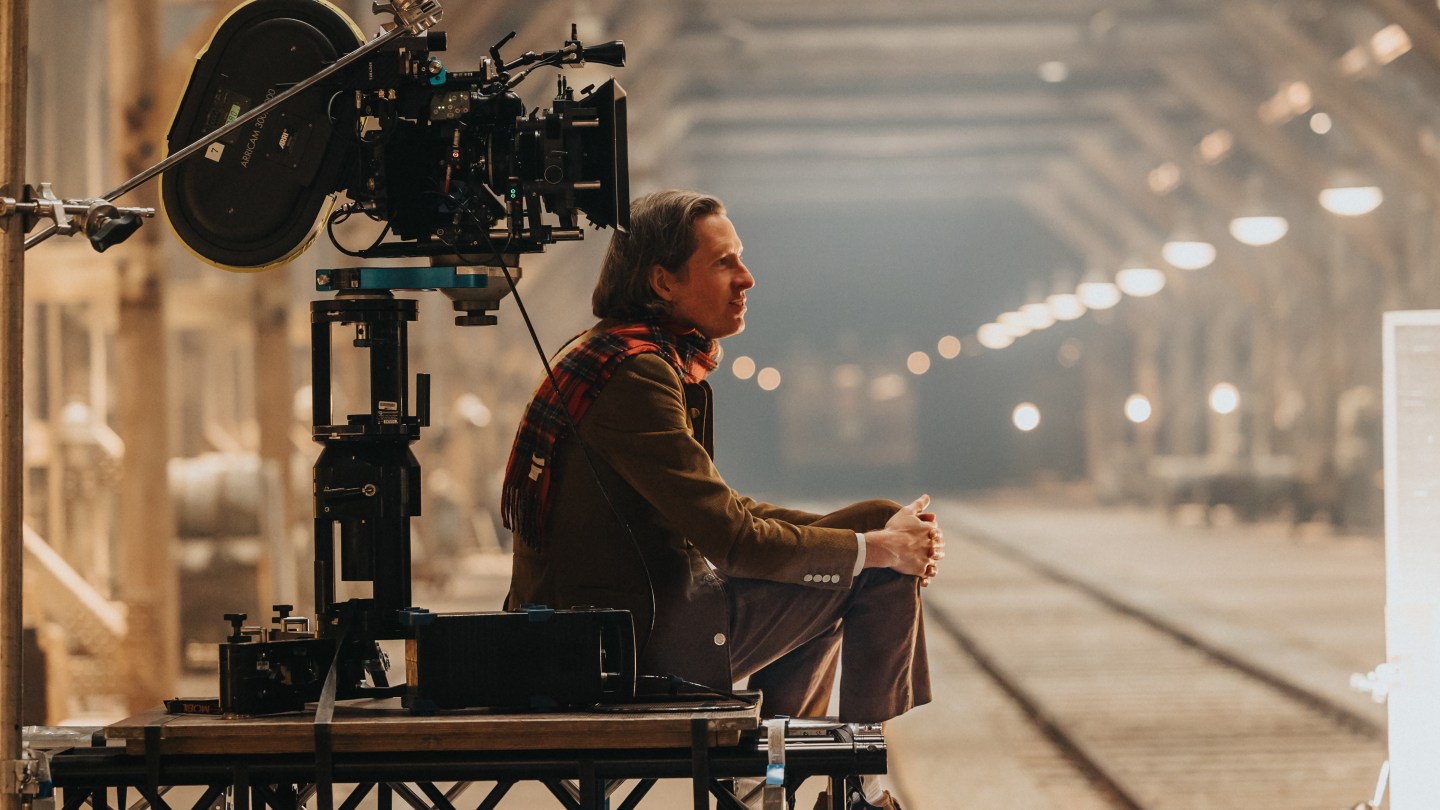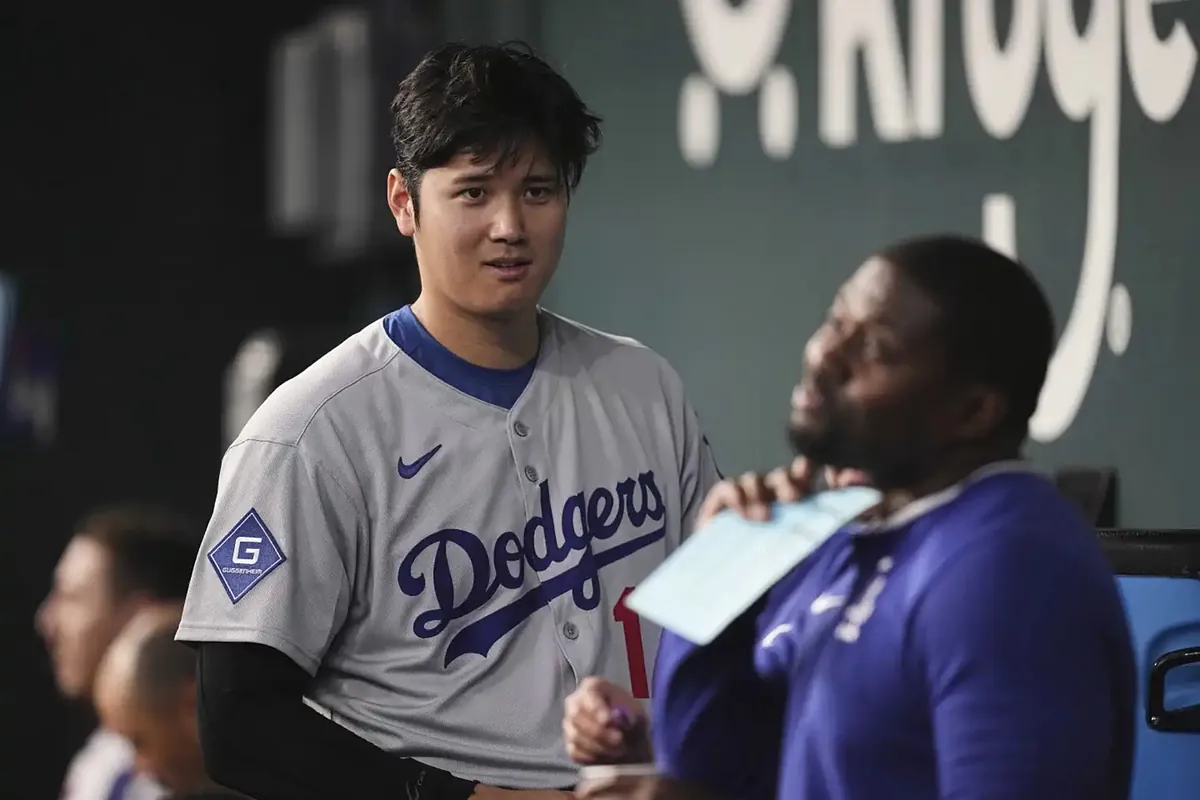The Craft Of Wes Anderson: Why His Films Reward Multiple Viewings

Welcome to your ultimate source for breaking news, trending updates, and in-depth stories from around the world. Whether it's politics, technology, entertainment, sports, or lifestyle, we bring you real-time updates that keep you informed and ahead of the curve.
Our team works tirelessly to ensure you never miss a moment. From the latest developments in global events to the most talked-about topics on social media, our news platform is designed to deliver accurate and timely information, all in one place.
Stay in the know and join thousands of readers who trust us for reliable, up-to-date content. Explore our expertly curated articles and dive deeper into the stories that matter to you. Visit Best Website now and be part of the conversation. Don't miss out on the headlines that shape our world!
Table of Contents
The Craft of Wes Anderson: Why His Films Reward Multiple Viewings
Wes Anderson. The name conjures images of meticulously symmetrical compositions, quirky characters, and a distinct visual style that's instantly recognizable. But beyond the whimsical aesthetics lies a filmmaker whose work boasts surprising depth and intricacy, rewarding repeat viewings in ways few other directors can match. This isn't just about enjoying the vibrant colors and charming eccentricities a second time; it's about uncovering the layers of narrative, thematic resonance, and subtle comedic brilliance woven into the fabric of each film.
A Symphony of Visual Precision:
Anderson's films aren't simply visually appealing; they're meticulously crafted visual symphonies. The symmetrical framing, the pastel palettes, the perfectly placed props – every element contributes to a cohesive and deeply satisfying aesthetic experience. On a first viewing, you might appreciate the beauty; on subsequent viewings, you begin to notice the subtle shifts, the deliberate choices, and the way these visual cues underscore the emotional arc of the story. For example, the changing color palettes in The Grand Budapest Hotel subtly reflect the shifting moods and historical context. This level of visual storytelling demands repeated engagement to fully appreciate its richness.
Unraveling the Narrative Threads:
Anderson's narratives often unfold in non-linear ways, employing flashbacks, nested narratives, and intricate character interweaving. While a first viewing might focus on grasping the central plot, subsequent viewings allow you to appreciate the nuances of these interwoven stories. You start to notice the subtle foreshadowing, the recurring motifs, and the intricate connections between seemingly disparate characters. The Royal Tenenbaums, for instance, is a masterclass in this approach, its seemingly chaotic narrative gradually revealing a complex tapestry of familial relationships and personal struggles.
The Humor: A Multi-Layered Delight:
Anderson's humor is often understated and subtly layered, relying on witty dialogue, quirky characters, and situational irony. While some jokes might land immediately, others require a deeper understanding of the characters and their motivations. Repeated viewings allow you to fully appreciate the comedic timing, the wordplay, and the layers of satire woven into the dialogue. The dry wit of Bill Murray in Rushmore or the deadpan delivery of Owen Wilson in Bottle Rocket are prime examples of this comedic subtlety.
Themes of Loss, Family, and Nostalgia:
Beneath the surface of quirky characters and vibrant visuals lies a consistent exploration of profound themes: the complexities of family relationships, the bittersweet pangs of nostalgia, and the inevitability of loss. These themes are not explicitly stated but woven subtly into the narrative. A second viewing often reveals a deeper understanding of these underlying emotions and the characters' struggles to navigate them. This is particularly evident in films like Moonrise Kingdom and Fantastic Mr. Fox.
Why Repeat Viewings are Essential:
Ultimately, the films of Wes Anderson are designed for repeated consumption. They are not disposable entertainment; they are works of art that reward closer scrutiny and repeated engagement. Each viewing unlocks new layers of meaning, revealing the depth and complexity hidden beneath the surface of his instantly recognizable style. So, revisit your favorite Wes Anderson film, or perhaps explore one you’ve missed. You’ll be surprised at what you discover.
Call to Action: What's your favorite Wes Anderson film and why does it reward multiple viewings? Share your thoughts in the comments below!

Thank you for visiting our website, your trusted source for the latest updates and in-depth coverage on The Craft Of Wes Anderson: Why His Films Reward Multiple Viewings. We're committed to keeping you informed with timely and accurate information to meet your curiosity and needs.
If you have any questions, suggestions, or feedback, we'd love to hear from you. Your insights are valuable to us and help us improve to serve you better. Feel free to reach out through our contact page.
Don't forget to bookmark our website and check back regularly for the latest headlines and trending topics. See you next time, and thank you for being part of our growing community!
Featured Posts
-
 Mookie Betts Erupts Dodgers Outfielders Response To Ohtanis Intentional Walk
May 16, 2025
Mookie Betts Erupts Dodgers Outfielders Response To Ohtanis Intentional Walk
May 16, 2025 -
 Ufl 2025 Must See Hot Mic Moments From Week 7 Games
May 16, 2025
Ufl 2025 Must See Hot Mic Moments From Week 7 Games
May 16, 2025 -
 Dodgers Conforto Conundrum Should La Keep Or Cut The Outfielder
May 16, 2025
Dodgers Conforto Conundrum Should La Keep Or Cut The Outfielder
May 16, 2025 -
 Five Star Prospect Xavier Griffin Reopens Recruitment
May 16, 2025
Five Star Prospect Xavier Griffin Reopens Recruitment
May 16, 2025 -
 Which Backup Nfl Quarterbacks Could Steal The Show In The 2024 Playoffs
May 16, 2025
Which Backup Nfl Quarterbacks Could Steal The Show In The 2024 Playoffs
May 16, 2025
Latest Posts
-
 Met Life Stadium Shakira Reune A Pitbull Rauw Alejandro Y Wyclef Jean En Un Solo Show
May 17, 2025
Met Life Stadium Shakira Reune A Pitbull Rauw Alejandro Y Wyclef Jean En Un Solo Show
May 17, 2025 -
 Forbes Unveils Highest Paid Athletes Ronaldo At The Top Messi Close Behind
May 17, 2025
Forbes Unveils Highest Paid Athletes Ronaldo At The Top Messi Close Behind
May 17, 2025 -
 Washington Capitals Announce Expected Ovechkin Return For 2025 26 Season
May 17, 2025
Washington Capitals Announce Expected Ovechkin Return For 2025 26 Season
May 17, 2025 -
 Mixed Reviews For The Weeknds Hurry Up Tomorrow Ego Trip Or Cinematic Vision
May 17, 2025
Mixed Reviews For The Weeknds Hurry Up Tomorrow Ego Trip Or Cinematic Vision
May 17, 2025 -
 Barcelona Claims 28th La Liga Crown Third Trophy In A Record Breaking Year
May 17, 2025
Barcelona Claims 28th La Liga Crown Third Trophy In A Record Breaking Year
May 17, 2025
